How can we extend what we are learning about how simple local interactions in ant colonies or in brains, in the aggregate, produce the collective behavior of the group and the way that it responds to changing conditions? How can we extend what we’re learning about collective behavior in other systems to begin thinking about collective behavior in human social organizations?
World Economic Forum Annual Meeting 2016 (Page 3 of 3)
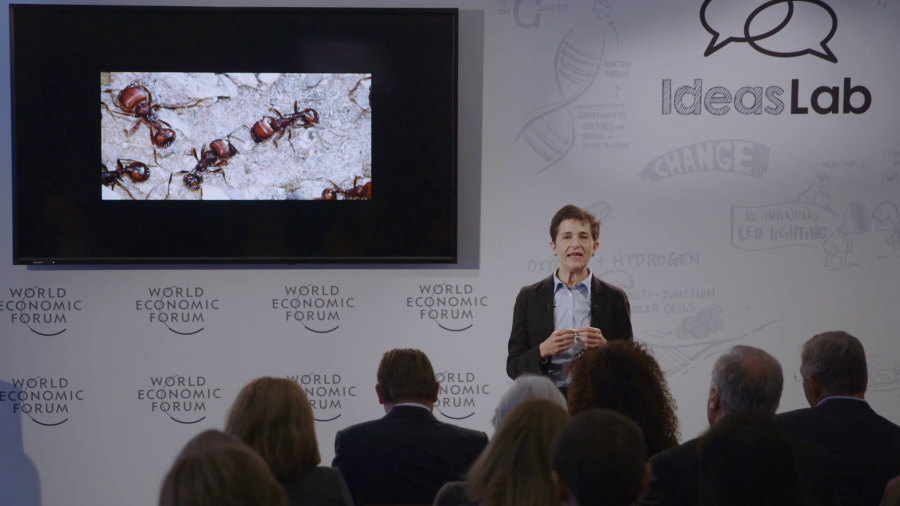
Looking to Ants to Better Understand Collective Behaviour
presented by Deborah Gordon
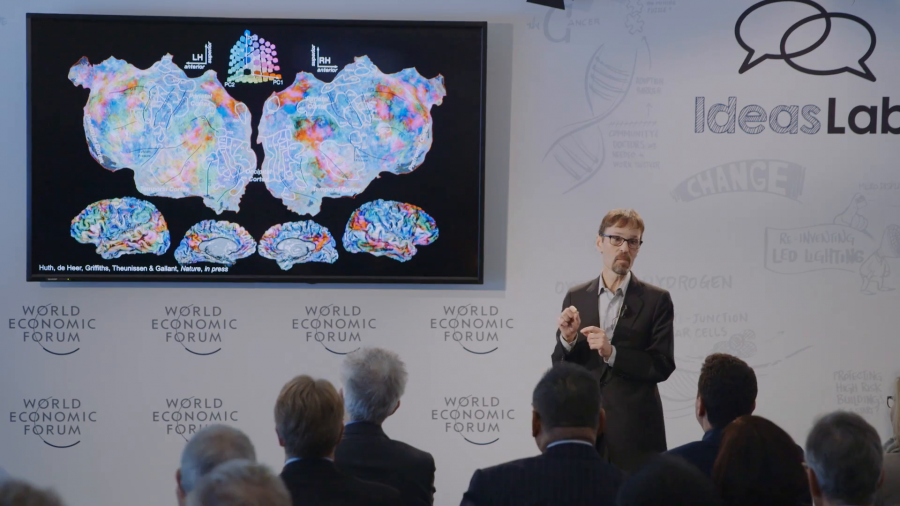
Engineering Thoughts and Memories
presented by Jack Gallant
In brain decoding, we take our model that we’ve developed of the brain (and this can be a model for anything, vision or language) and we reverse it. And instead of going from the stimulus to the brain activity, we go from the brain activity back to the stimulus.

The Automated Economy
presented by Illah Nourbakhsh
Instead of having our children become consumers of robotics technology, consumers of products, we’d have to train them to be producers, to realize that they can use robotic technologies to build something with their intuition, their creativity, and their sense of purpose, that has meaning to them. Then we’d have a technologically fluent society.
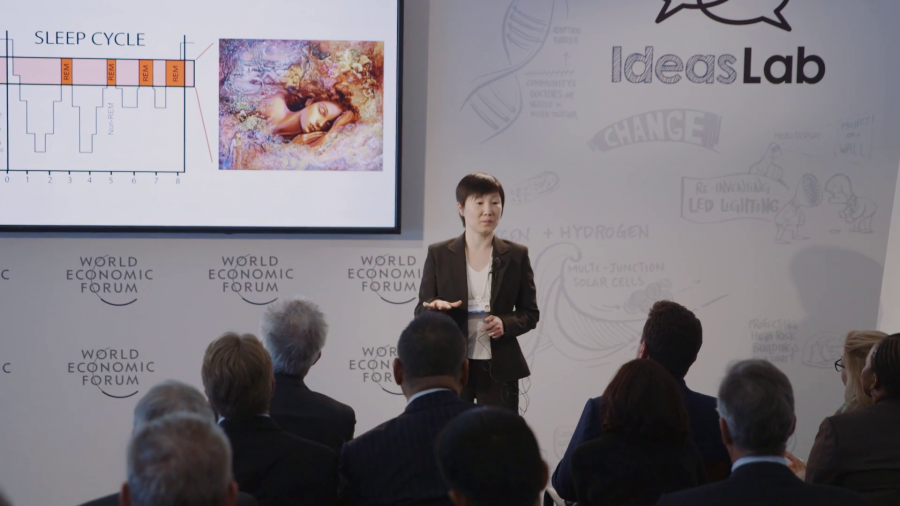
Manufacturing Dreams
presented by Dan Yang
We used to think that sleep is a passive process caused by reduced sensory stimulation so that our normal mental and physical activities can shut down. We held this belief since the time of Aristotle, and perhaps even before that. But now we know that this idea is completely wrong.
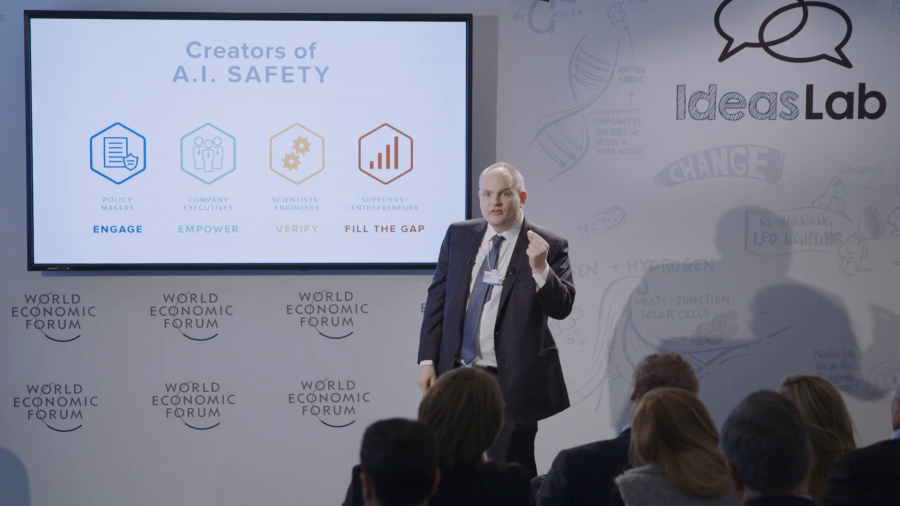
Verifying and Validating Machine Intelligence
presented by Andrew Moore
We’ve been building autonomous vehicles for about twenty-five years, and now that the technology has become adopted much more broadly and is on the brink of being deployed, our earnest faculty who’ve been looking at it are now really interested in questions like, a car suddenly realizes an emergency, an animal has just jumped out at it. There’s going to be a crash in one second from now. Human nervous system can’t deal with that fast enough. What should the car do?

Transforming the Classroom with Ubiquitous Sensing
presented by Amy Ogan
Education has remained largely unchanged for millennia. In any classroom, you see a set of students gathered around a teacher who’s writing on the board, or maybe now we’ve added a PowerPoint deck. But, as in many other fields that have been slow to change, the data revolution is coming for education.
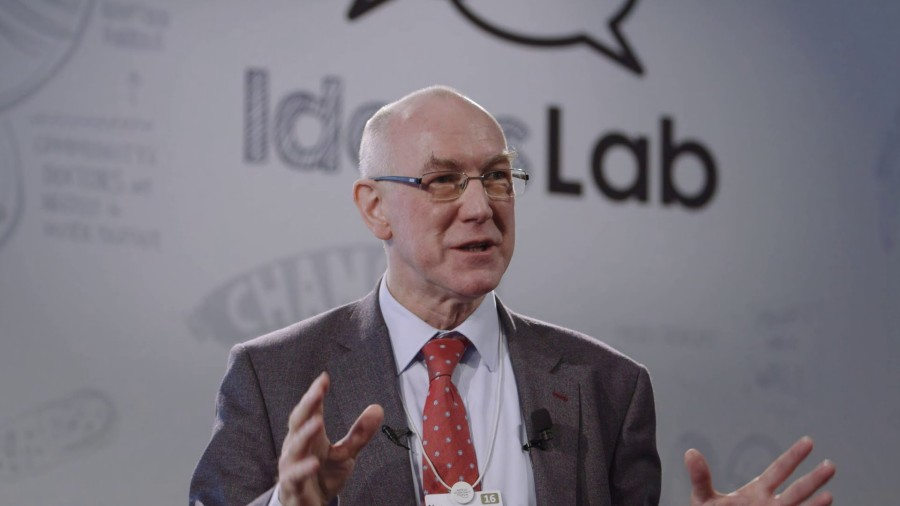
Making an Ethical Machine
presented by Alan Winfield
The idea of putting a robot simulator inside a robot, well, it’s not a new idea but it’s tricky and very few people have pulled it off. In fact, it takes a bit of getting your head round. The robot needs to have, inside itself, a simulation of itself and its environment, and others in its environment. And running in real-time as well.
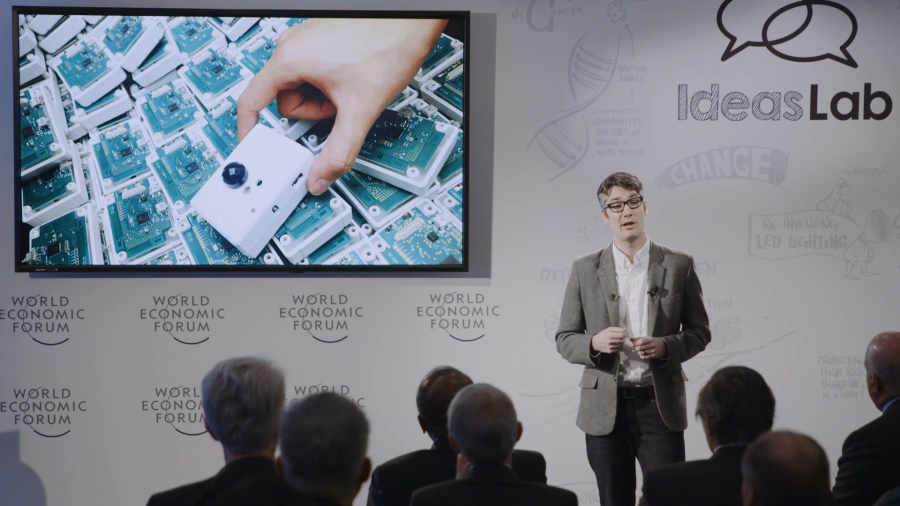
Cybersecurity in the Age of Always-Connected Sensors
presented by Anthony Rowe
We all see the benefits of active safety systems in cars. But that same safety technology, if attacked, can actually allow you to immobilize a vehicle or even disable breaks while driving.
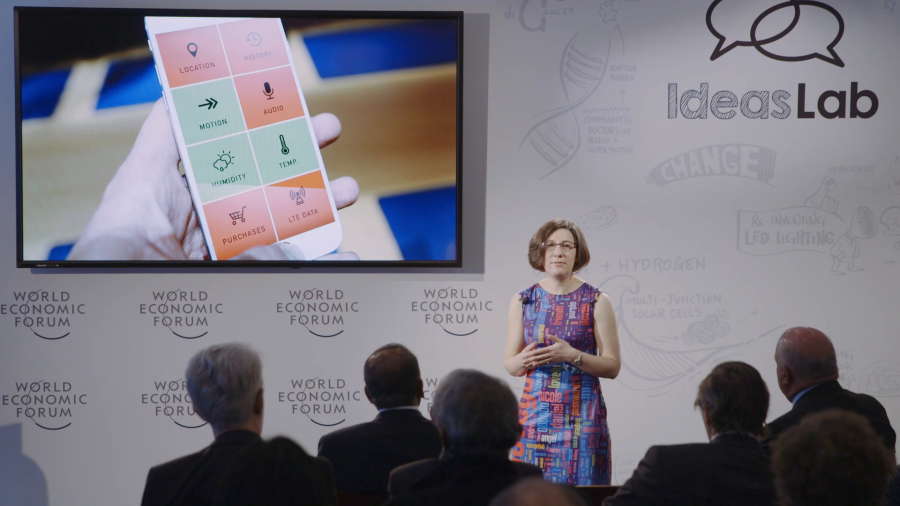
Imagine your privacy assistant is a computer program that’s running on your smartphone or your smartwatch. Your privacy assistant listens for privacy policies that are being broadcast over a digital stream. We are building standard formats for these privacy policies so that all sensors will speak the same language that your personal privacy assistant will be able to understand.
